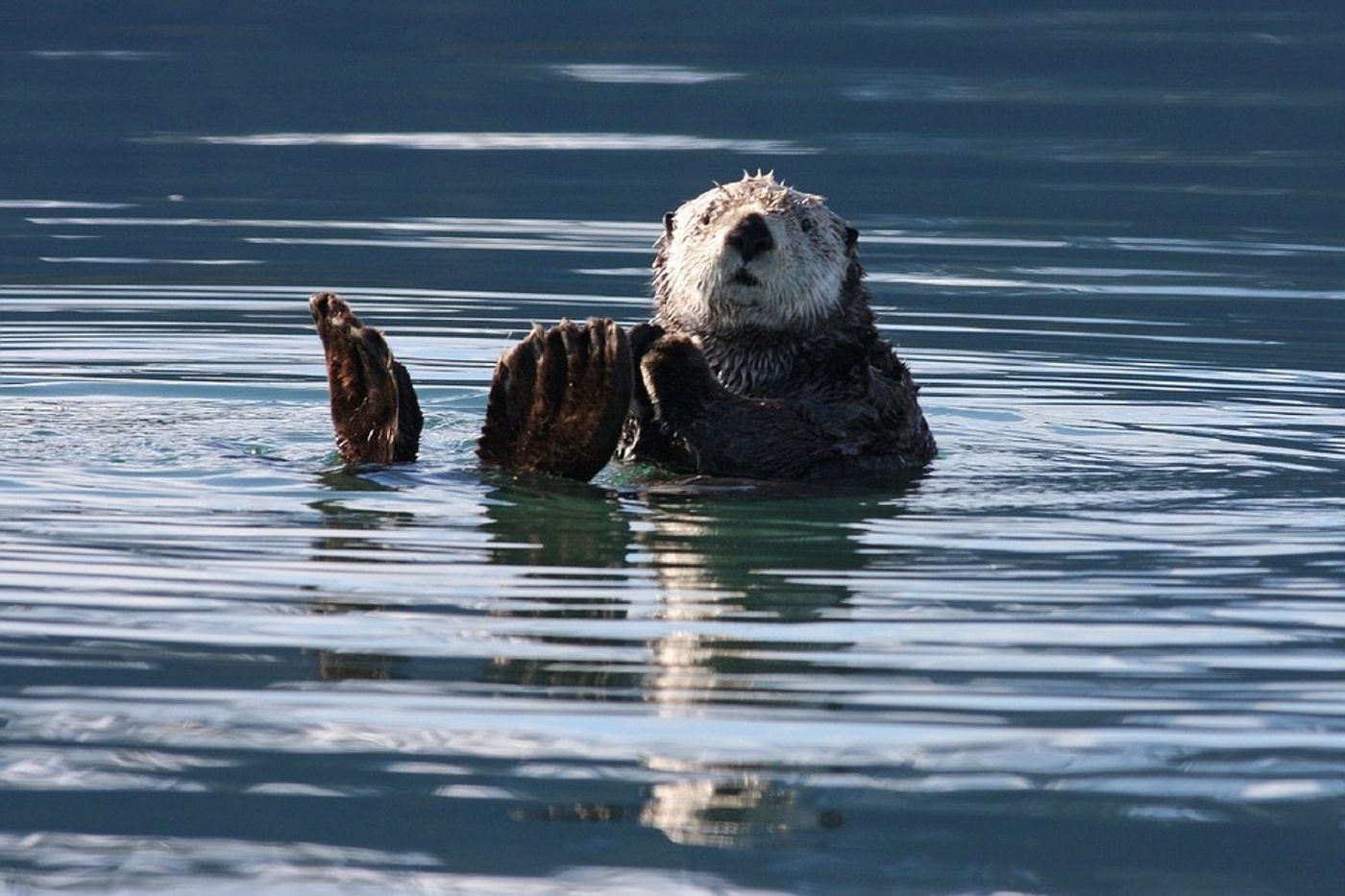California's coastal biodiversity is under threat
The west coast of the United States is a hotspot for biodiversity. Sea otters, harbor seals, shorebirds, fish and shellfish populate California’s iconic coastline. This area depends heavily on its natural resources for the local fisheries industry, recreational opportunities, and perhaps most importantly, its ecosystem services – like the Elkhorn Slough estuary, which naturally filters pollution, reduces flooding and erosion and traps greenhouse gases.
But this region is also vulnerable. Climate change has made ocean waters warmer and the resulting rising sea levels beg the question that scientists can’t help asking: what will happen to these habitats and the species (many of which are native) that live there?
“The coast of California that we know today is not going to be the coast of California of the future,” says Walter Heady, a coastal marine scientist for the Nature Conservancy.
A recent assessment from The Nature Conservancy and the California State Coastal Conservancy determined that a sea-level rise of 5ft (1.5 meters) would threaten 59% of California’s 3,427-mile coastline. This would include threats to 40 different types of habitats, such as estuaries, beaches, tide pools and, terrestrial areas.
“This is the first time we’ve actually had an understanding of which habitats are vulnerable to climate change impacts,” said Tiffany Wise-West, sustainability manager for Santa Cruz.
Heady commented that anthropogenic pressure in the form of infrastructure development and pollution already make it difficult to protect coastal habitats. Rising seas will only compound that challenge. However, the assessment determined that one preservation strategy could potentially mitigate over half of the losses: reserve minimally developed land for the affected habitats to move into.
Heady is quick to defend the idea, sensing the reaction it will bring. “We’re not trying to land-grab here, and it’s not my idea that all agriculture or golf courses or minimally developed lands should become habitat,” Heady said. “It’s a really small proportion of that human land use, and it could mitigate 61% of our losses.”
Already the idea has gained some traction, with four state agencies, two regional groups, four counties and two cities signing on to conservation commitments.
Sources: The Guardian, Coastal Resilience









